There can be your advertisement
300x150
Interior Design Trends 2025–2026: Key Directions
Exploring with an expert
Modern interior design is not just a convenient and beautiful shell, but a true reflection of personality, values, and lifestyle. Interiors become an organic extension of the person — a place of strength and individuality. Therefore, what matters are not fleeting fashion trends but deep tendencies that can stand the test of time.
Together with interior designer Tatyana Bezhukhaya, we explore the 2025–2026 interior design trends that the expert sees not only as aesthetics but also as a philosophy of the future: the combination of ecology and luxury, technology and tactility, art and functionality.
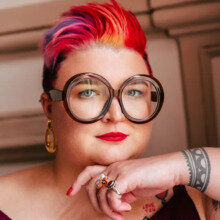 Tatyana Bezhukhaya Industry expert, founder of premium design studio TB.Design and furniture brand FURFUR, popular blogger, speaker, and mentor
Tatyana Bezhukhaya Industry expert, founder of premium design studio TB.Design and furniture brand FURFUR, popular blogger, speaker, and mentorEco-luxury: a new aesthetic of mindful choice
Ecology no longer associates with limitations — it becomes a symbol of mindful luxury. In interiors, noble natural materials are increasingly used: stone with vivid patterns, wood from premium species, recycled fabrics of top class. Decorative finishes containing minerals, mother-of-pearl or lime create a unique effect impossible to replicate in mass production.
Functional technologies also belong to this category. Heat recovery ventilation systems, smart climate and lighting control, energy-saving solutions — are an essential part of luxury-level interiors. Luxury in 2025–2026 is about living beautifully while being responsible.
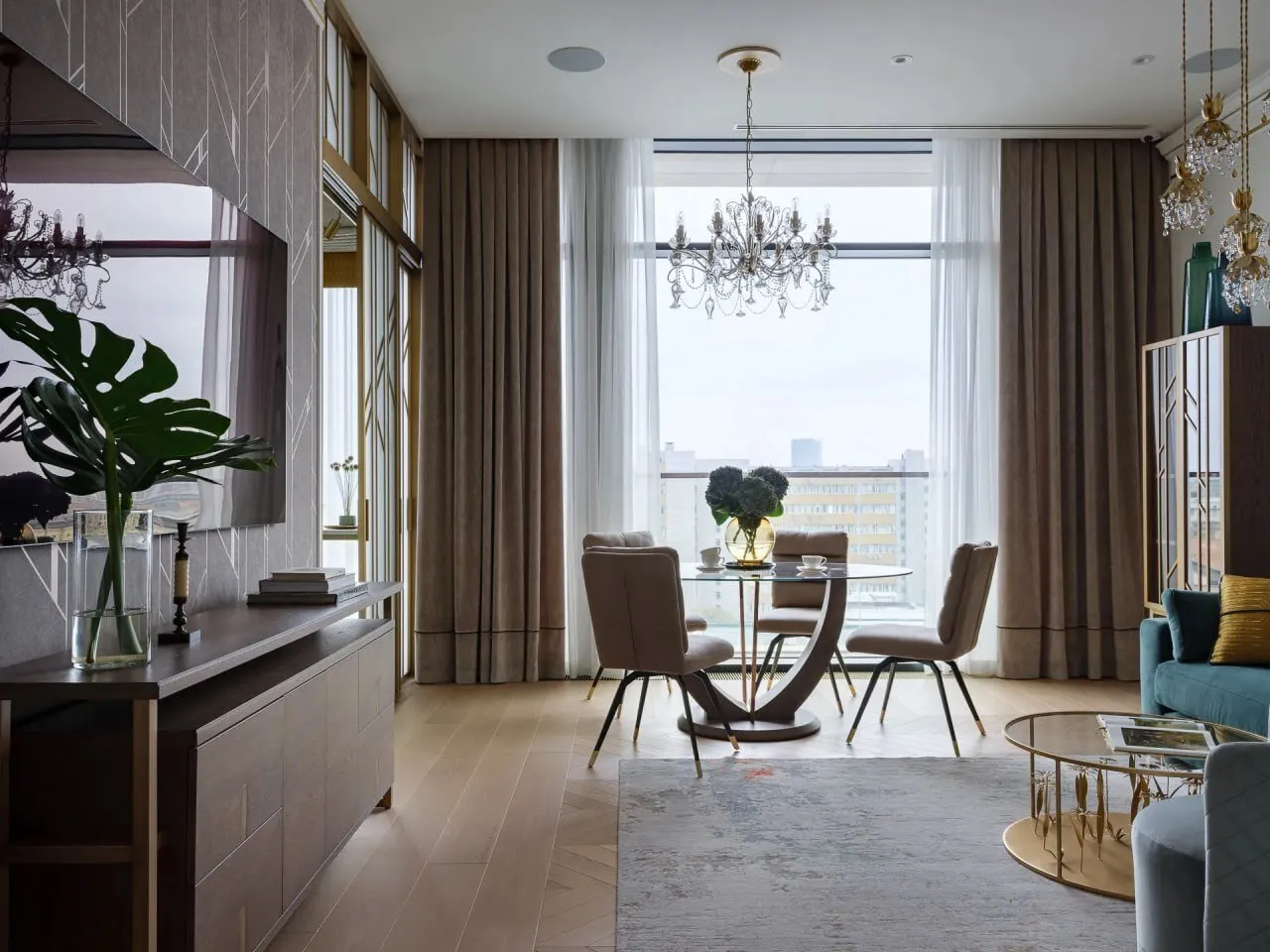 Design: Tatyana Bezhukhaya
Design: Tatyana BezhukhayaTechnological minimalism: order as a philosophy
The future of minimalism has nothing in common with cold empty spaces of the past. It is a philosophy of clarity, where every detail is functional and thought out. In this trend — built-in wardrobes and furniture, hidden technology, touch panels, smart home systems seamlessly integrated.
Visual cleanliness is created to make accents more powerful. In such interiors, large art objects appear: sculptural lighting fixtures, artistic panels, unique furniture pieces. The space is not overloaded with details, but each area has an emotional focal point.
 Design: Tatyana Bezhukhaya
Design: Tatyana BezhukhayaDialogue of eras: modernity and heritage
One of the most vivid trends in 2025–2026 is combining different eras. Arches and columns in modern interpretation, vintage furniture next to minimalist elements, antiques surrounded by ultra-modern finishes.
This hybrid of heritage adds depth and uniqueness to interiors. It is not eclecticism for the sake of it, but a well-structured dialogue where modernity respects the past. This approach is especially valued in premium segments, as it creates interiors with history and character.
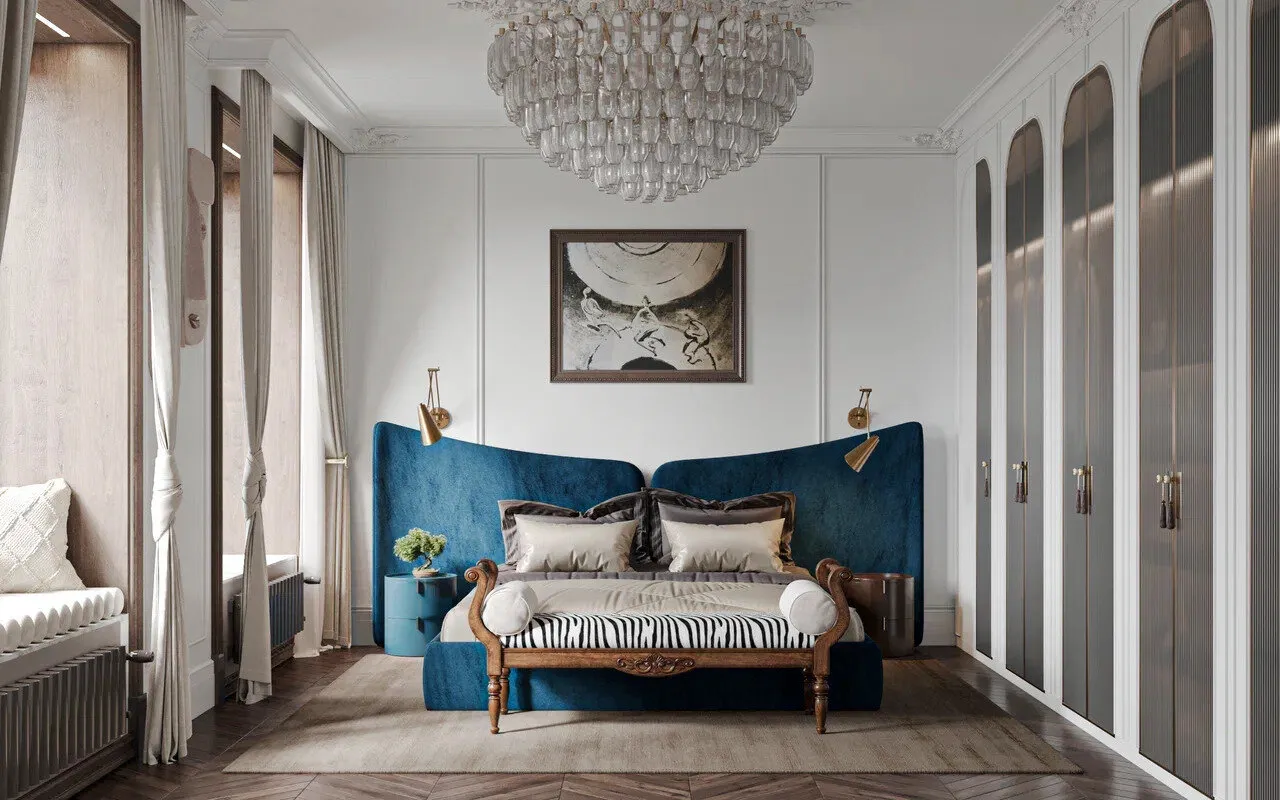 Design: Tatyana Bezhukhaya
Design: Tatyana BezhukhayaBiophilia and organic forms: nature as part of the home
People seek harmony with nature, and this desire is reflected in design. Organic furniture and decor forms, natural textures, green zones inside the rooms — all of these have become essential elements of interior design.
Vertical gardens, compositions with stabilized moss, built-in green planters, panels with botanical motifs — solutions that make the space 'alive'. Even in a megacity, people feel connected to nature.
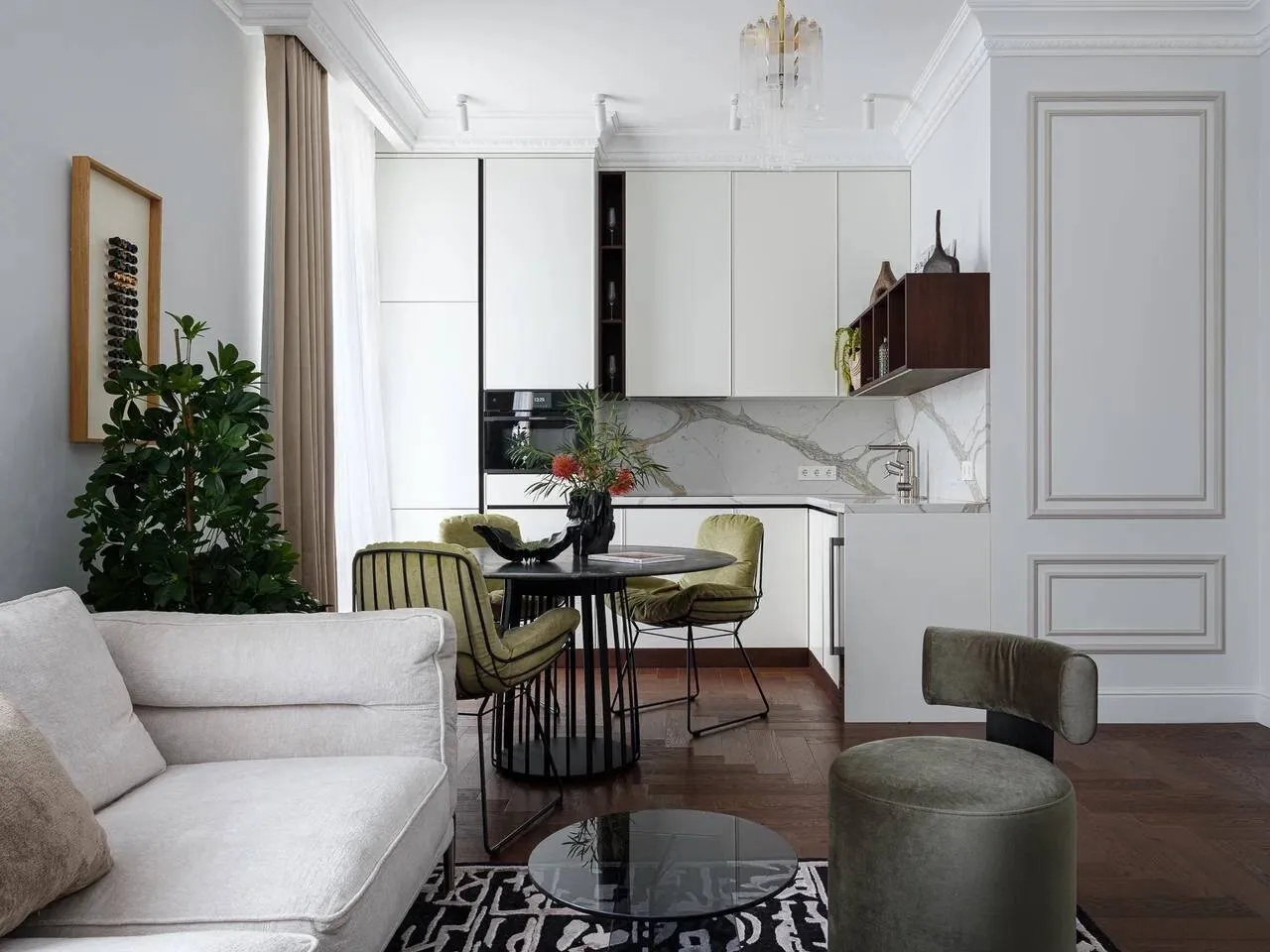 Design: Tatyana Bezhukhaya
Design: Tatyana BezhukhayaSpace as a gallery: art at the center
The main protagonist of the interior is art. This can be paintings, sculptures, artistic lighting or unique furniture. The interior itself becomes a gallery designed for displaying artistic objects.
Furniture is especially important here. Today, furnishings no longer serve only functional purposes but become emotional expressions. Tatyana actively develops this idea in her brand FURFUR, which creates furniture from eco-mesh. The brand was launched last year and has already received recognition at the All-Russia Design Festival, as well as at Moscow Design Week at VVC.
Sofas, armchairs, floor lamps or poufs complement the interior along with paintings. In current trends, there can also be single unique objects: they are bright, distinctive and bring an element of play to the interior. Such a piece does not just fill space but becomes its semantic center.
 Design: Tatyana Bezhukhaya
Design: Tatyana BezhukhayaTactility and textures: an interior to touch
Lately, interiors are increasingly built around tactile sensations. This is not just a trend — it's a must-have. Materials are chosen to be desired for touch. Matte surfaces, velvet, wool, linen, rough stone, textured plasters are in style.
Contrasting textures look interesting together: rough linen next to smooth silk, a wool carpet on polished stone, matte metal near soft velvet. These duos add depth and layers to the space, making it emotionally rich.
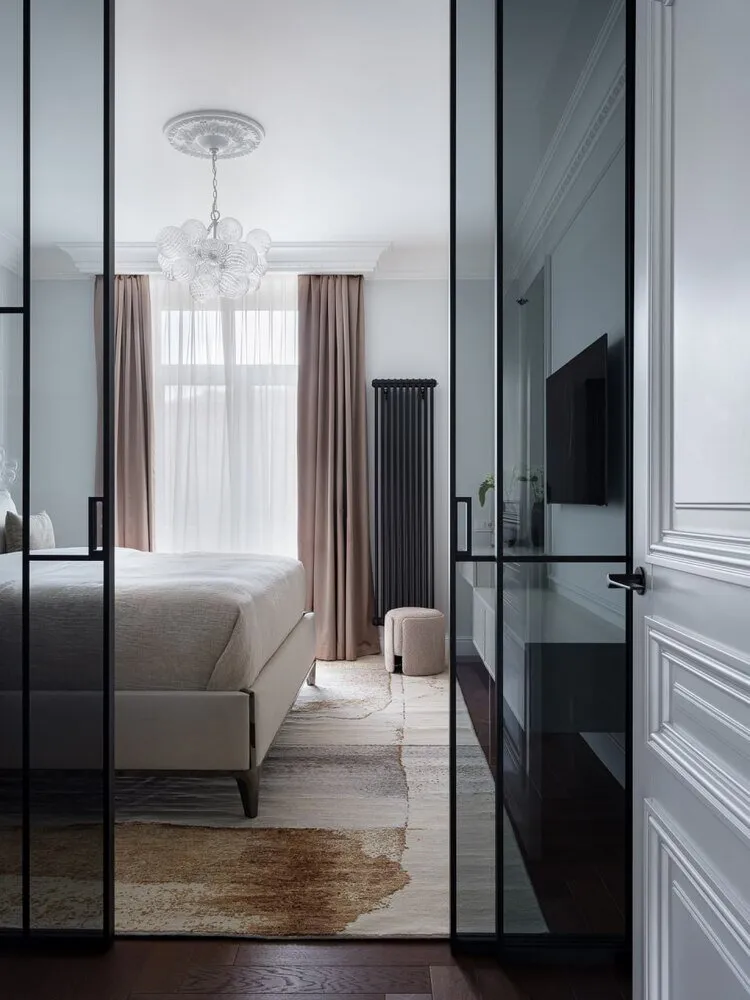 Design: Tatyana Bezhukhaya
Design: Tatyana BezhukhayaFlexible life scenarios: a transformer interior
The modern pace of life requires adaptable spaces. Interiors are no longer static: the living room can transform into an office in minutes, and a bedroom into a yoga or meditation zone. After the pandemic, most people shifted to hybrid work formats and prefer even sports activities online.
In this trend, mobile furniture, sliding partitions, modular storage systems, tables and console units on wheels are in style. Interiors become flexible and dynamic, allowing owners to use them for various tasks. This is especially relevant in city apartments where every square meter must be efficient.
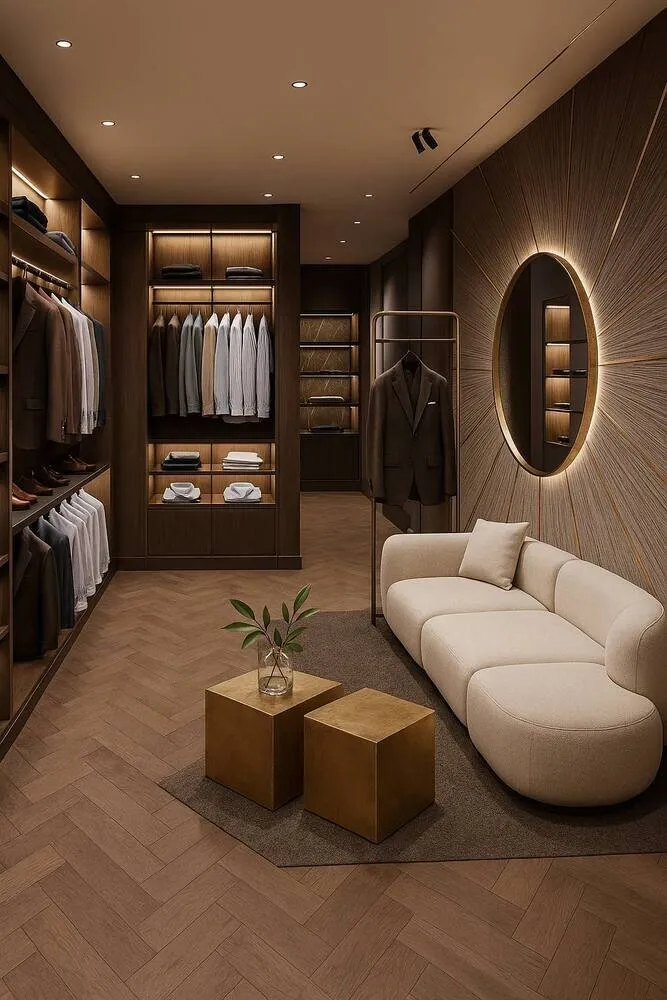 Design: Tatyana Bezhukhaya
Design: Tatyana BezhukhayaColor accents: emotional palettes
Basic tones — beige, milk-coffee, ashen gray — remain the foundation of interiors. But accents are gaining more importance. 'Color reactions' are in style: deep green, copper, terracotta, noble blue.
Colors are often used selectively — in parts of decor on specific walls you want to highlight, in furniture upholstery, textiles, lighting or small decorative details. This approach preserves the universality of the interior while adding emotional depth.
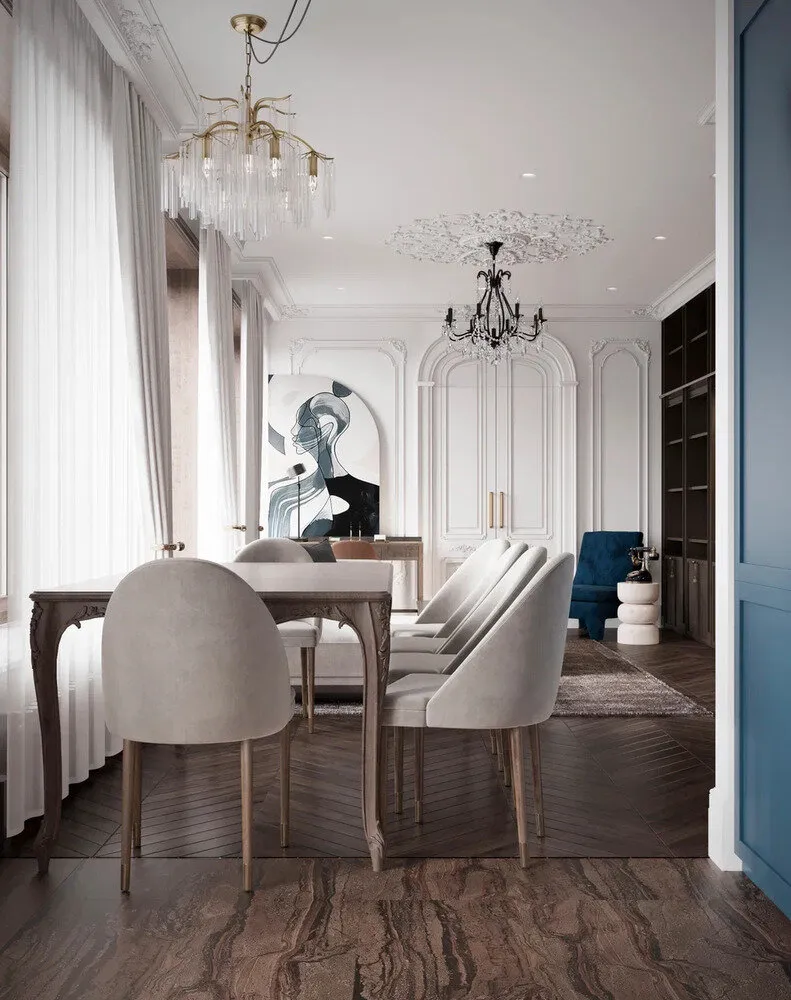 Design: Tatyana Bezhukhaya
Design: Tatyana BezhukhayaPay attention to the video: an interior that sounds — acoustic comfort
The sound environment is becoming a key element of comfort. Modern interiors are designed with acoustics in mind: sound-absorbing panels, thick curtains, soft furniture with heavy filling, high-pile carpets.
This is not only about coziness but also about caring for mental health. Silence in the home — a new level of luxury, especially in noisy cities.
 Design: Tatyana Bezhukhaya
Design: Tatyana BezhukhayaIndividuality as the main trend
The most sustainable trend is the desire for uniqueness. Mass production is going into the background, personalization takes center stage. More and more clients choose handmade furniture, custom lighting fixtures, decorative elements.
Vibrant pieces become symbols of individuality and make the space emotionally rich. In this case, furniture becomes art — it expresses the owner's character and sets the mood for the entire interior.
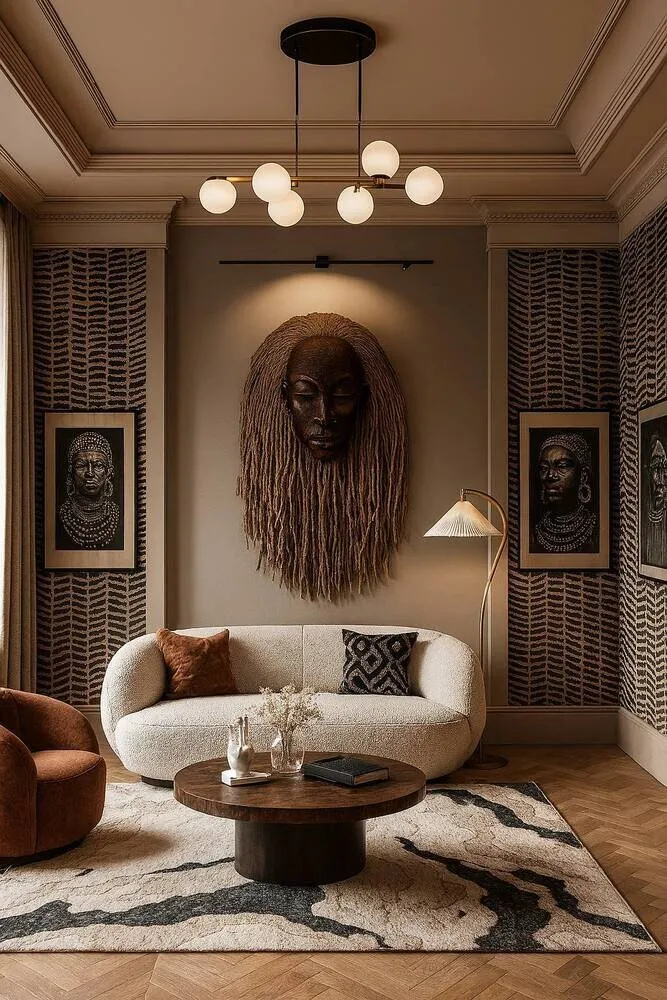 Design: Tatyana Bezhukhaya
Design: Tatyana BezhukhayaInterior design trends 2025–2026 can be described in three words: mindfulness, individuality and emotional richness. Eco-luxury, biophilic solutions, art objects, tactile materials and flexible life scenarios form the interiors of tomorrow.
The main thing is uniqueness. Space stops being a neutral background and becomes a reflection of personality. Furniture and interior elements become true works of art. It is such solutions that create interiors not only beautiful but also meaningful, emotional and full of life.
Cover photo from Tatyana Bezhukhaya's project
More articles:
 Myth or Fact: Better Soundproofing in Stalin-era Apartments
Myth or Fact: Better Soundproofing in Stalin-era Apartments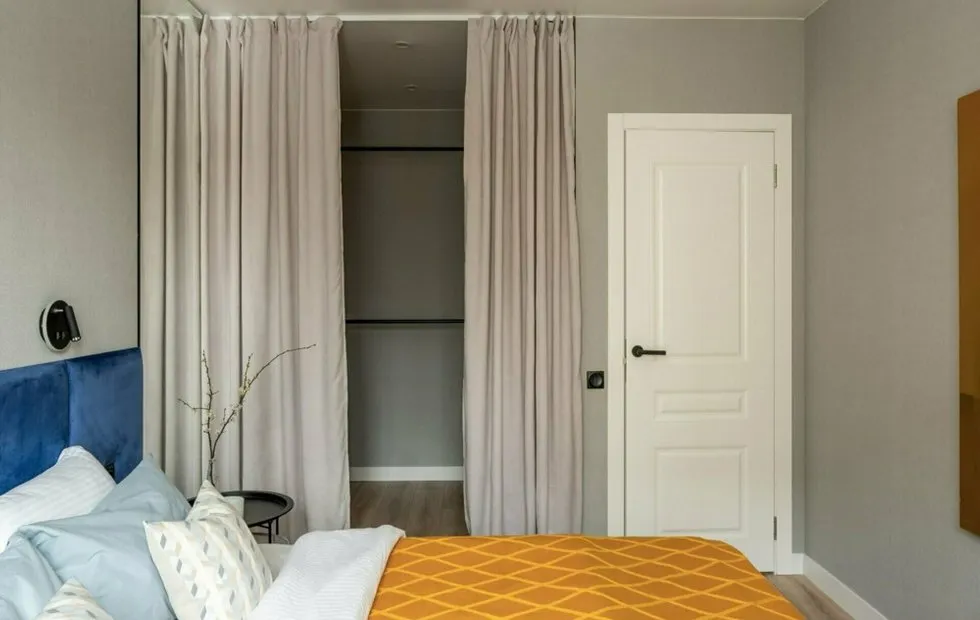 5 Genial Solutions of Khrushchev-era Layouts That Should Be Revived
5 Genial Solutions of Khrushchev-era Layouts That Should Be Revived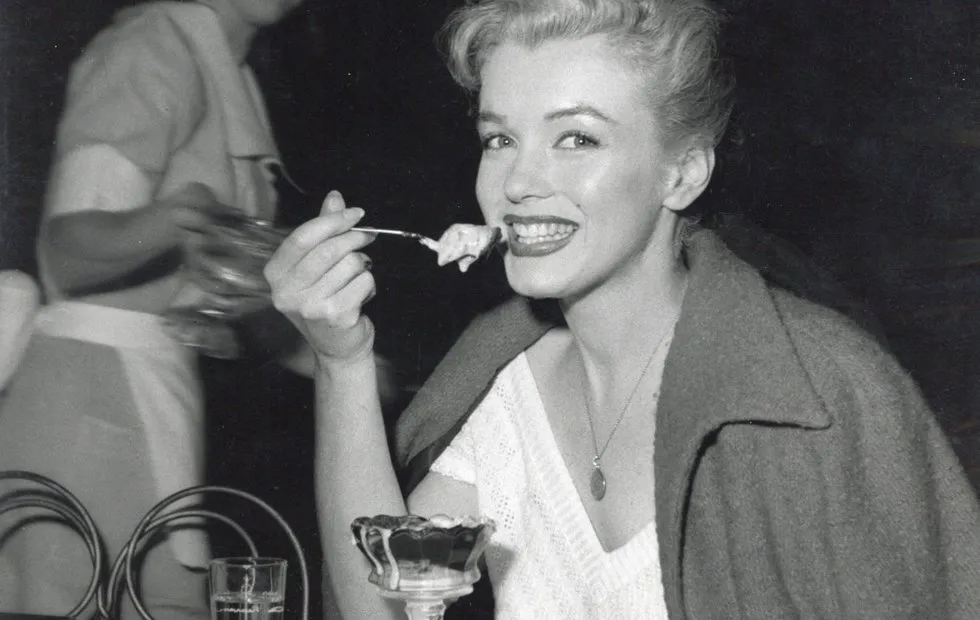 What Marilyn Monroe Ate: The Diet of America's Most Desired Woman
What Marilyn Monroe Ate: The Diet of America's Most Desired Woman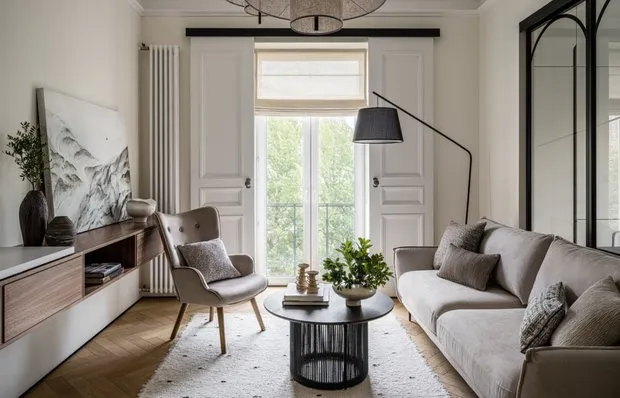 Trendy Lighting Fixtures That Will Change the Atmosphere of Your Home: 10 Finds
Trendy Lighting Fixtures That Will Change the Atmosphere of Your Home: 10 Finds What Was Trendy in Home Renovation Five Years Ago, But Now Looks Outdated
What Was Trendy in Home Renovation Five Years Ago, But Now Looks Outdated Where Premium Interior Design Begins: How Architects Plan Comfort Down to the Smallest Details
Where Premium Interior Design Begins: How Architects Plan Comfort Down to the Smallest Details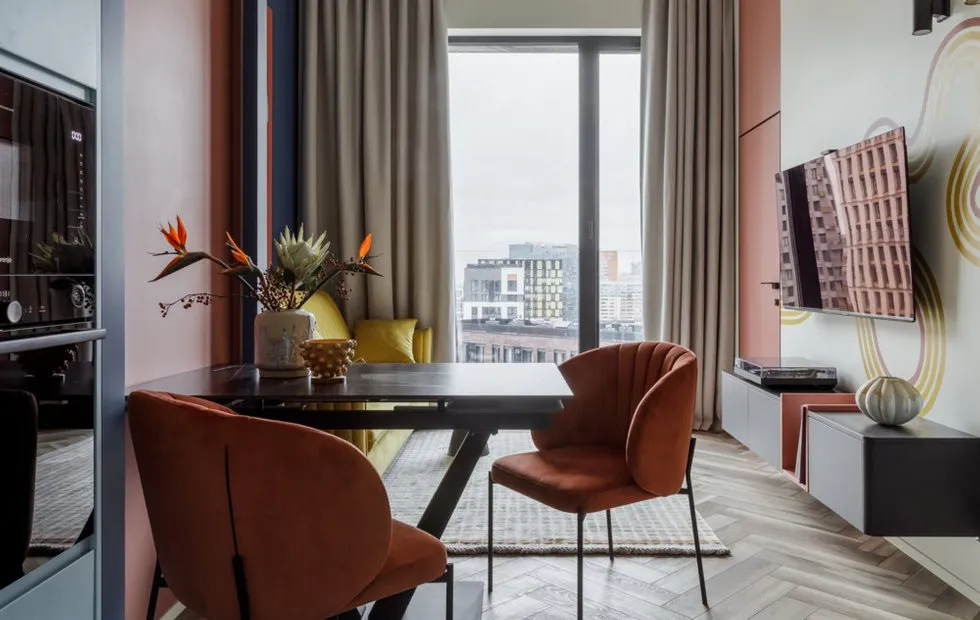 Myth or Truth: Expensive Repair Lasts Longer Than Cheap One
Myth or Truth: Expensive Repair Lasts Longer Than Cheap One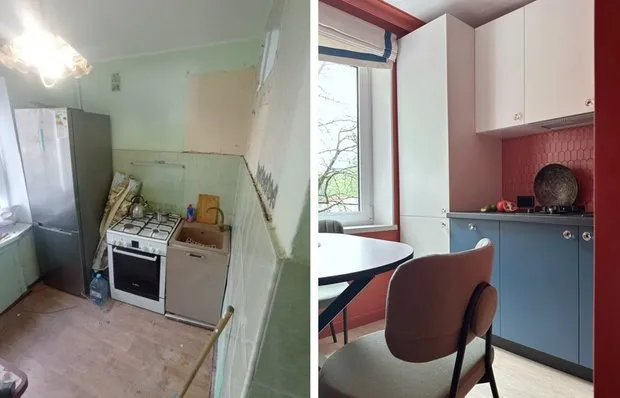 Before and After: How We Transformed a 6 sqm Kitchen in a Khrushchyovka on a Budget
Before and After: How We Transformed a 6 sqm Kitchen in a Khrushchyovka on a Budget